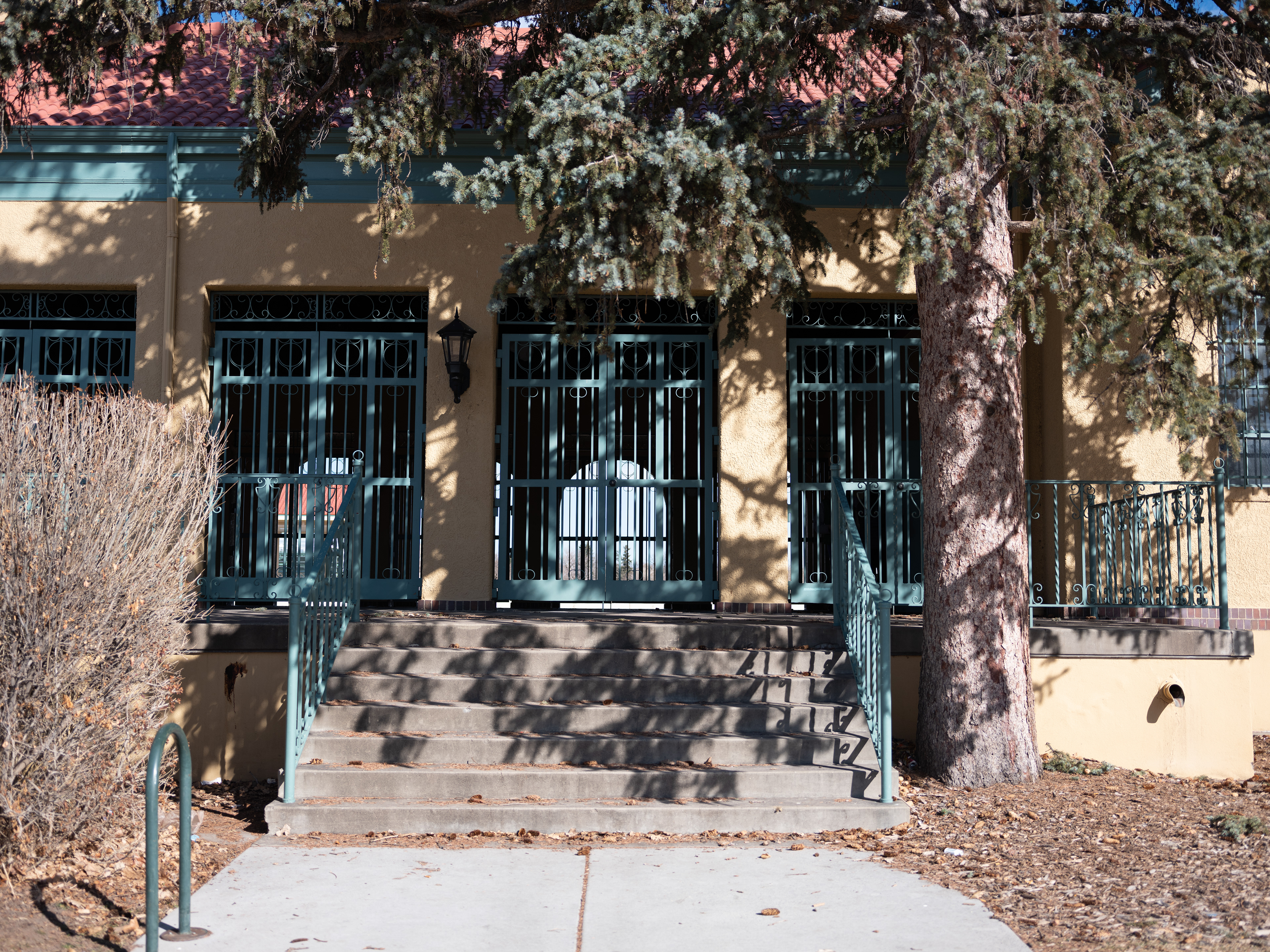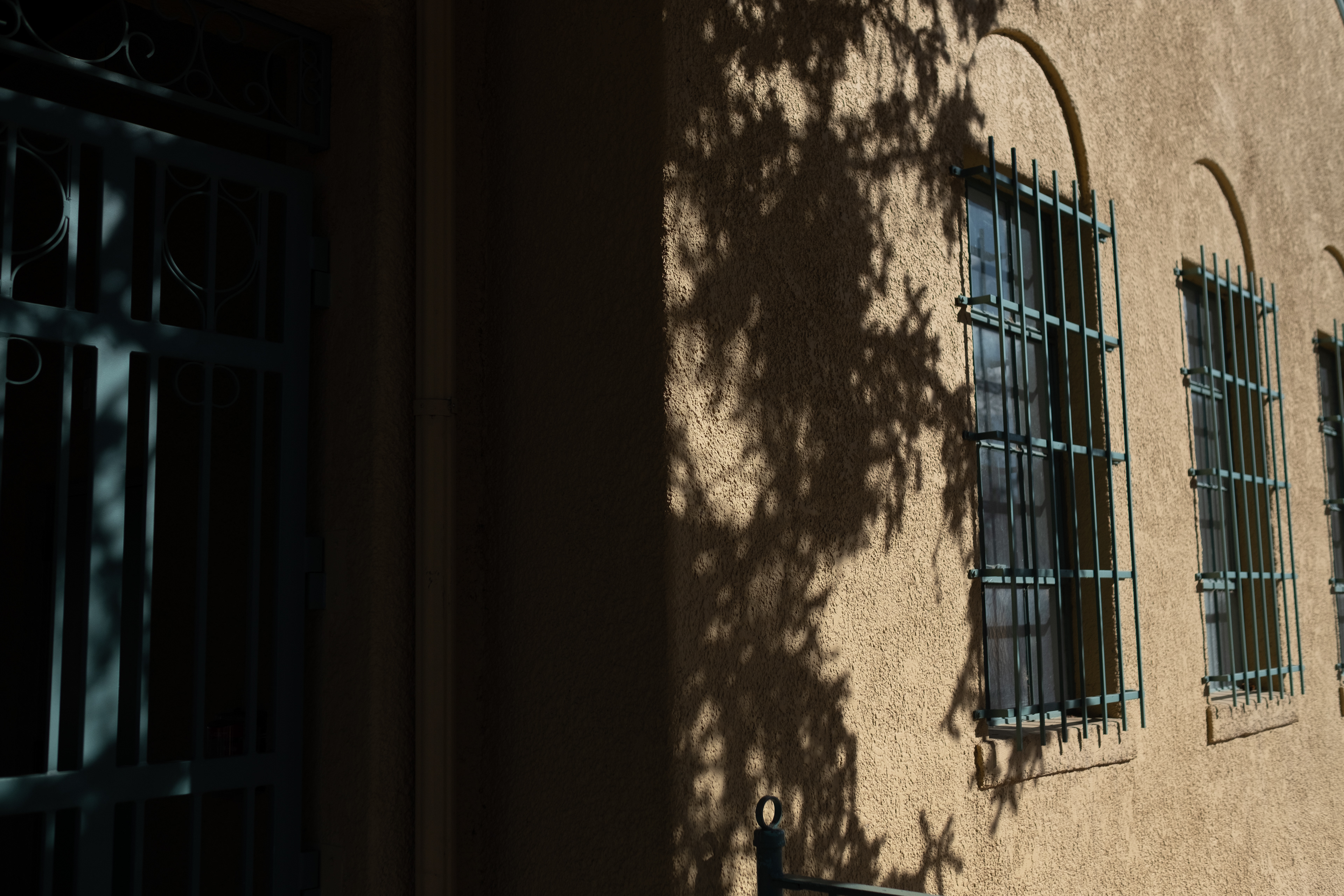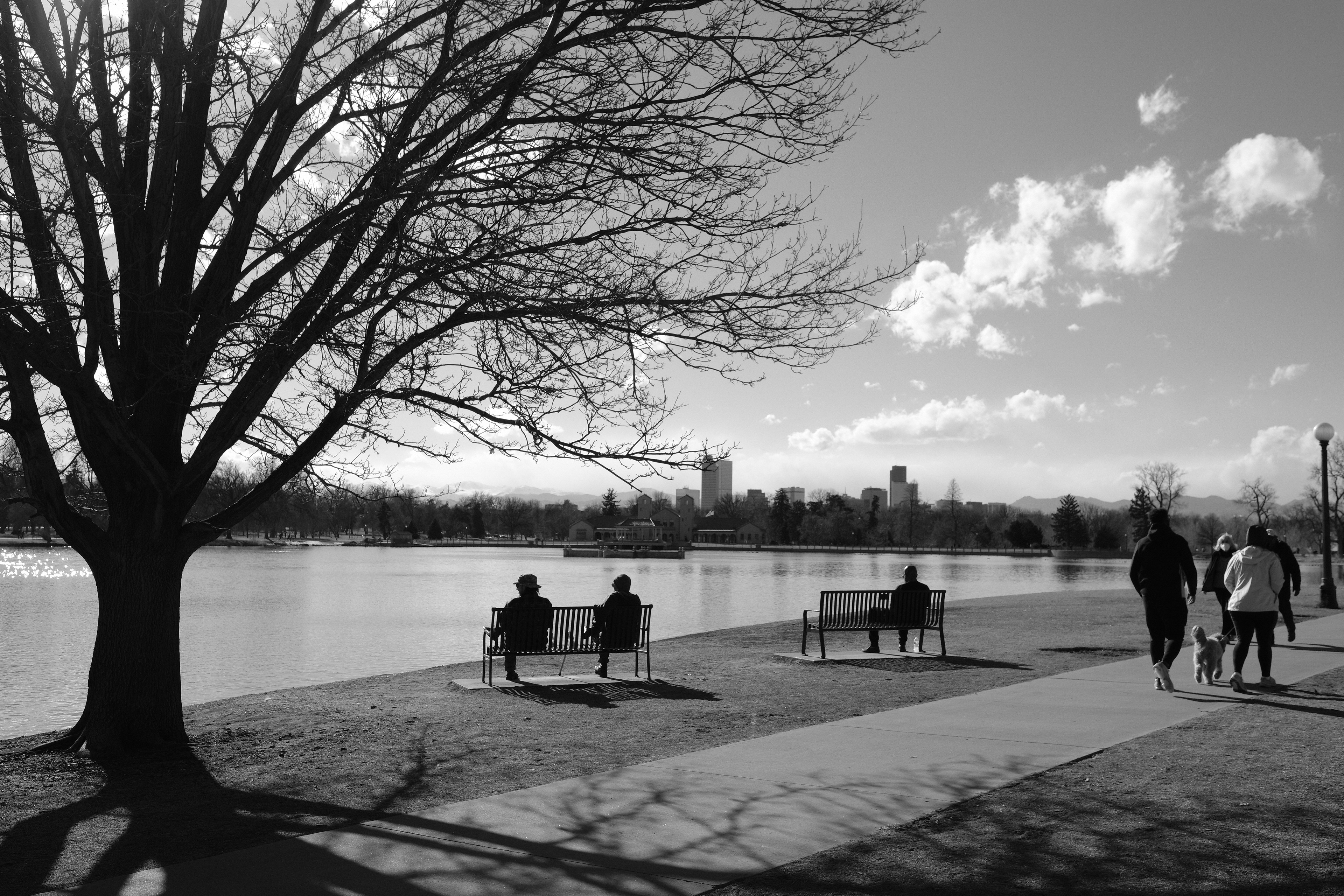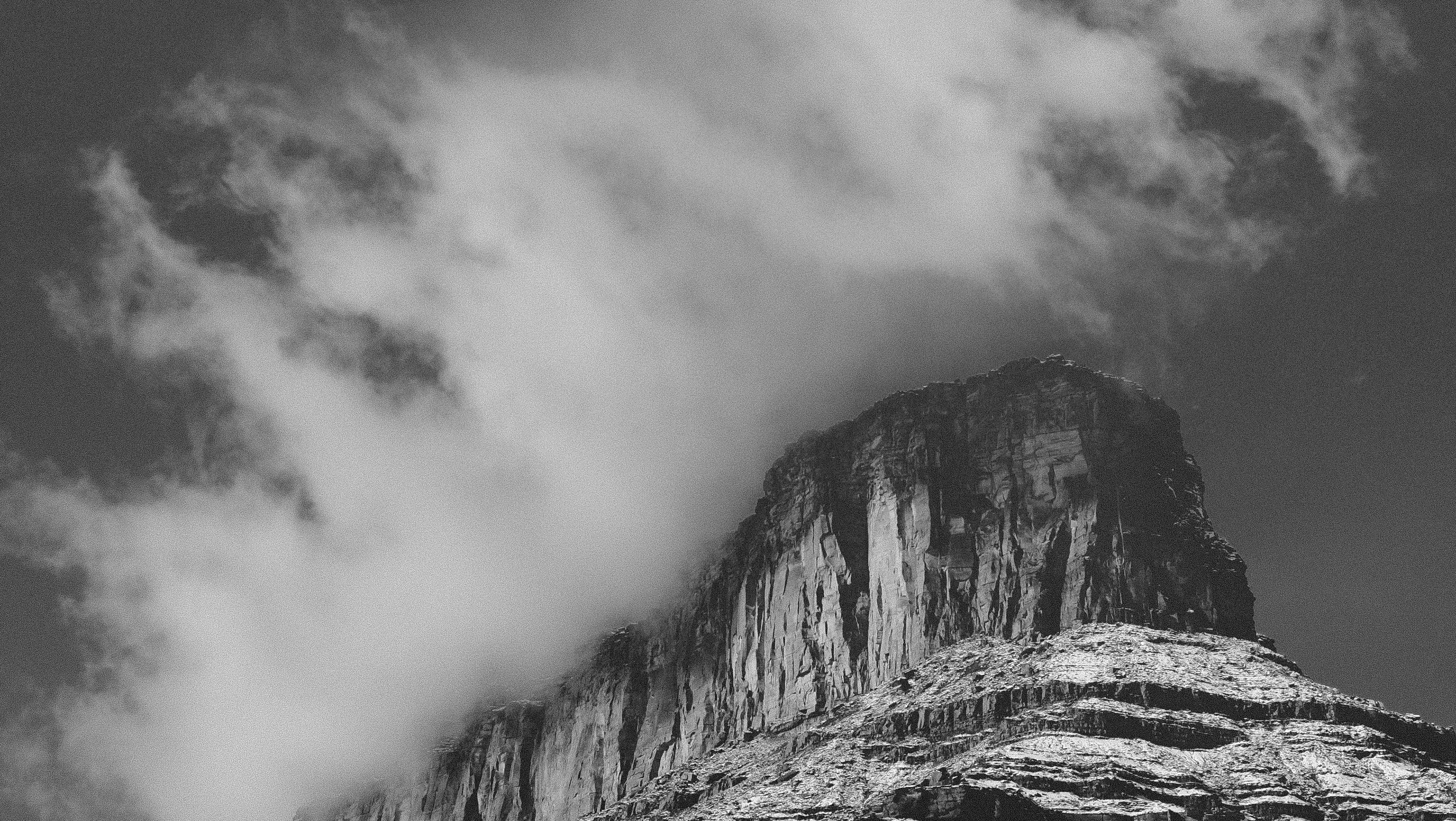I've been using Fujifilm's GFX 50R for nearly a year and a half after selling my crop sensor X-T2 and batch of X series lenses. So, was it worth it? Is the 50R, one of the oldest GFX cameras, worth any attention in 2024? What about the X-T2?
Still a cropped sensor?
Fujifilm is a name that has been at the forefront of photographic technology for many decades, known for their film emulsions, some awesome film cameras and collaborations (I'm thinking of the TX-1 / X-Pan with Hasselblad), and now their digital cameras.
While other companies focused on developing full-frame cameras, Fujifilm took a different path. Seeing the saturated market, they swore off full-frame cameras and instead developed highly capable crop-sensor cameras - an oxymoron up until that point. Their first x-series camera, the Fujifilm X100, was a hit that paved the way for other popular series such as the X-Pro & X-T cameras and a highly regarded lineup of lenses.
Yet, in swearing off the full-frame market, Fujifilm didn't simply dig themselves into a hole of only developing crop sensor devices. About five years after the X100's debut, Fuji announced their first GFX camera containing their "medium format" sensor that eclipsed full-frame sensors.
Calling the GFX medium format, however, was slightly misleading. Traditionally, medium format referred to film cameras that captured images of various sizes such as 6x4.5cm, 6x6cm, 6x7cm, etc.
Compared to Fujifilm's GA645, a 6x4.5cm medium format film camera, the GFX sensor is still a good chunk smaller. Hence, while being larger than full-frame, I would argue that the GFX system stays true to Fuji's roots and is a "cropped" medium format camera.
A Tale of Two Cameras: The 50R & X-T2
The first GFX released was the 50S in 2017, a SLR styled camera that set the tone for what could be achieved. The following year, Fujifilm released the 50R, a rangefinder styled beauty. Packing the same punch as the 50S in a compact, sleek body, the 50R offered something new in its handling.
Meanwhile, Fujifilm's X-T2 was a leading camera among Fuji's X-series, building off the momentum that the analog styled X-T1 lead with. Incredibly sturdy and offering manual control through physical dials and aperture rings, the X-T2 and subsequent generations have been highly popular options. While the X-T3 was released a few weeks before the 50R in September 2018, I bought my X-T2 in 2019 seeing it as quite a competitive option, especially for a primarily landscape/adventure photographer.
With the X-T2 came a small, well-built camera that could handle just about anything thrown at it. After nearly four years with it, I hadn't been seriously tempted by any other cameras. The 24mp APS-C sensor produced beautiful images with stunning colors and great high ISO capabilities (there's some discussions on early generations of Fuji's X-Trans sensors doing this better than the modern options, but I won't get into that). Of course, full-frame mirrorless cameras offered these qualities and could do even better in areas like ISO performance. The X-T2 however, presented such great value in terms of price, size, and lens options (again, Fuji's X-series lenses are great quality and value) that these full frame cameras weren't compelling.
Clearly, Fujifilm had won me over. I began thinking that it would take a lot to get me to upgrade my X-T2 and that if I ever did, I'd surely stay with Fuji. I was enchanted by the GFX cameras, especially by their image quality and capacity for making large, stunning prints, but never considered it as a feasible financial option with their hefty price tags...but I knew the 50R was by far the most attractive of the GFX. I was content to let it hold the title of dream camera in my mind, if you will. That is, until one came through the door at the camera shop I worked at.
I had been considering upgrading to the recently released X-T5, so a wrench was thrown in my plans. While both cameras offer greater resolution, that's where the commonalities end. The X-T5 is quick, highly advanced, offers fantastic video quality, and has in body stabilization. The 50R on the other hand is slow, methodical, built like a tank, and lacks some modern qualities due to being released in 2018. I was smitten. Though, never one to rush into a new camera relationship, I needed to test it out.
Testing & Comparing
Wanting to see for myself the "medium format" difference, I took my X-T2 and the 50R out for a walk around downtown Denver. With the X-T2, I used the XF 23mm f/1.4. For the 50R, the GF 50mm f/3.5. While not a perfect equivalent, this resulted in 35mm focal length equivalents of 35mm and 40mm respectively. The following are RAW images with no edits, except for the black and white images which are JPGs straight out of camera using Fujifilm's Acros simulation.

50R - 1/640s, f/3.5, ISO 100

X-T2 - 1/600s, f/3.2, ISO 200

50R - 1/1250s, f/3.5, ISO 100

X-T2 - 1/8000s, f/2.8, ISO 200

50R - 1/400s, f/9, ISO 100

X-T2 - 1/640s, f/11, ISO 200

50R - 1/400s, f/9, ISO 100

X-T2 - 1/640s, f/7.1, ISO 200

50R - 1/200s, f/8, ISO 100

X-T2 - 1/640s, f/6.4, ISO 200

50R - 1/125s, f/6.4, ISO 400

X-T2 - 1/250s, f/5, ISO 500

50R - 1/1250s, f/3.5, ISO 100

X-T2 - 1/4000s, f/2.8, ISO 200

50R - 1/160s, f/9, ISO 400

X-T2 - 1/250s, f/8, ISO 400
Despite the unscientific nature of this testing, these images helped me to understand how both cameras handled various textures, lighting conditions, contrast, sharpness, and various colors. And overall - the difference isn't huge. The variations, however, are clear when viewing the images more closely. Consistently, the 50R is sharper and has greater resolving power, no surprise there (sharpness obviously comes primarily from the lens, but I'd include the GF lens lineup as a major selling point of the GFX system). Curiously, the 50R seems to have a bit more magenta in the images compared to the X-T2 having more green. Perhaps that's lens rather than sensor, but either way I think the 50R images are more accurate and pleasing.
What may be surprising is just how well the X-T2 keeps up. I mean, we're talking a camera that was a third of the cost of the 50R at release ($1599 vs $4500) and can still be found at that price differential on the used market, if not 4x cheaper. And in a few ways, the X-T2 even outperforms the 50R: burst shooting ability, 4k video capabilities, and its smaller size and weight.
So, why would I decide to sell my X-T2 and collection of lenses in order to upgrade to the 50R and a single lens? Well, while this test is helpful and demonstrates some important details, it doesn't show everything. In terms of editing photos, the 50R is astounding with its dynamic range and ability to capture significantly more detail in shadows and highlights than the APS-C sensor of the X-T2. This is a large benefit in film scanning as well, which I frequently use my 50R for. In portrait work, the GFX sensor offers a shallower depth of field at comparable apertures than full frame or crop sensors, leading to some beautiful images (check this video out from Kyle McDougall demonstrating this). Beyond this, my hope for my own photography is to move towards printing large, high-quality images and the 50R enables that. At the end of the day, the cons of the 50R aren't characteristics that I need in a camera. Where it excels, however, are qualities that make up what may just be the best digital camera I could ask for.
Conclusion
In the mirrorless age of photography, cropped sensor cameras have only become more capable and advanced, particularly in the last couple of years (like the newest X-T5, Canon's R7, etc). Even older models, such as the X-T2, make compelling arguments for their value and ability to capture stunning, high quality images. When pitted against a much larger, medium format sensor, however, they can compete but consistently fall short.
While I shoot on a GFX camera and plan to continue to do so, I eagerly look forward to the day where I can add the X-T2 (or any X-series camera truthfully) back to my collection. Its smaller size, filming capabilities, and character are all aspects that I miss. But for all that you can get in GFX cameras, even the older ones like the 50R, I don't see them ever going out of style. Instead, as prices drop, I think the value they offer will only continue to increase. Digital cameras are reaching an incredible level of parity, meaning that if you're willing to consider an older camera, you will be well rewarded.









